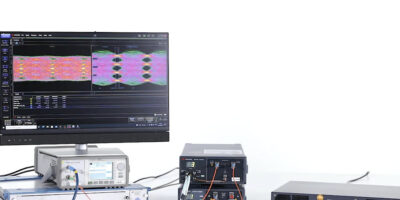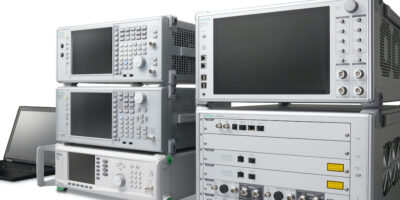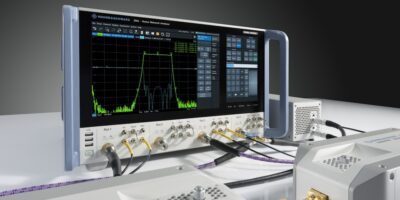High speed 800G test options from Keysight Technologies have been expanded to include 400G and 800G validation to improve power efficiency in data centres.
The initial 800G test products enable users to verify the performance of a range of optical transceiver modules and components, including vertical cavity surface emitting lasers (VCSELs), photodiodes, modulator drivers, transimpedance amplifiers (TIAs) and physical layer (PHY) chips.
The extended portfolio supports 400G and 800G design validation, in accordance with standards defined by the Institute of Electrical and Electronics Engineers (IEEE), across the entire product lifecycle, from early research and development to manufacturing.
As hyperscale data centres adopt 800G as a connectivity technology, there has been an accompanying rise in the use of cloud-native, 5G, AI and IoT applications as well as an increased in data-hungry applications such as video conferencing, streaming and digital entertainment. The latest addition to Keysight’s portfolio of 800G test equipment offer design and validation to support multi-mode interfaces, which are critical for an energy-efficient data centre infrastructure, explained the company. The 800G multi-mode test equipment supports data interconnect speeds of up to 100Gigabits per second.
Test capabilities include multi-mode component characterisation using the N4373E lightwave component analyser, conformance and interoperability validation using N1077B 64Gbaud multi-mode optical and electrical clock recovery options and transceiver module performance evaluation using Keysight’s A400GE-QDD and G800GE layer 1 multi-port test.
Keysight Technologies delivers advanced design and validation products to help accelerate innovation, with software-driven insights and analytics to help bring products to market faster across the development lifecycle, in design simulation, prototype validation, automated software testing, manufacturing analysis, and network performance optimisation and visibility in enterprise, service provider and cloud environments. Customers operate in communications and industrial ecosystems, aerospace and defence, automotive, energy, semiconductor and general electronics markets.







